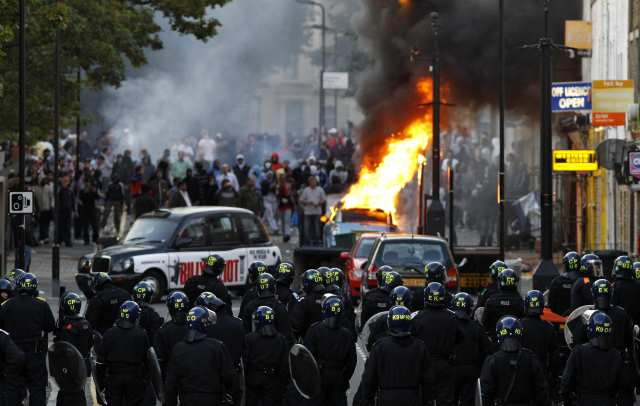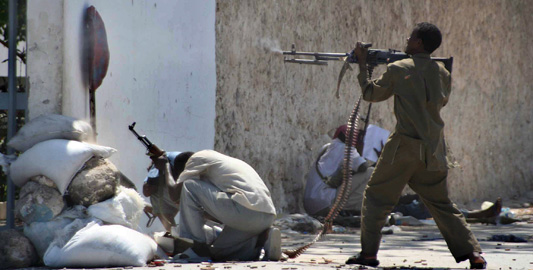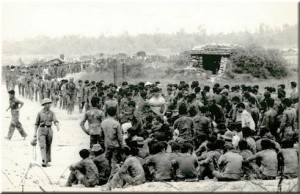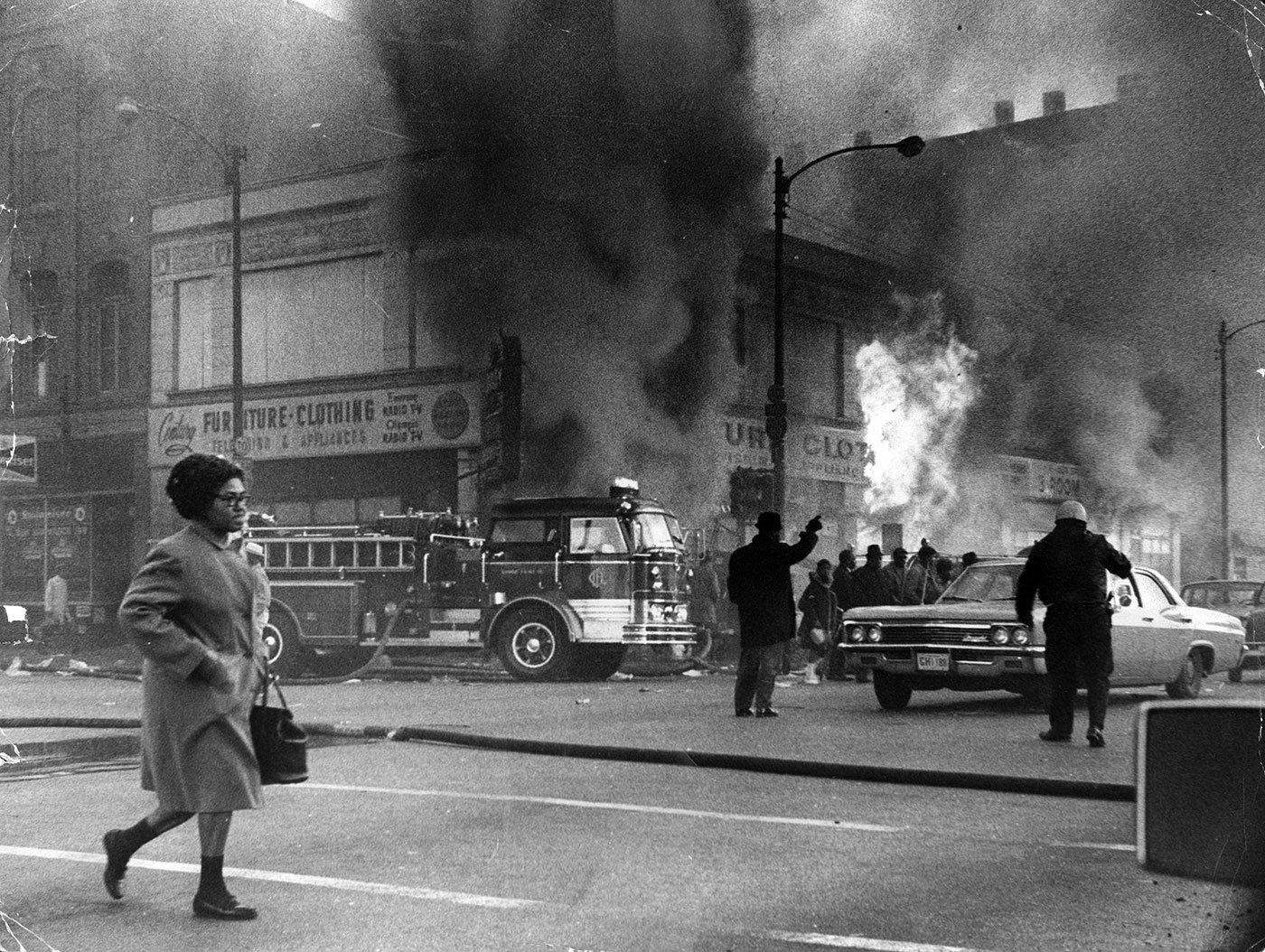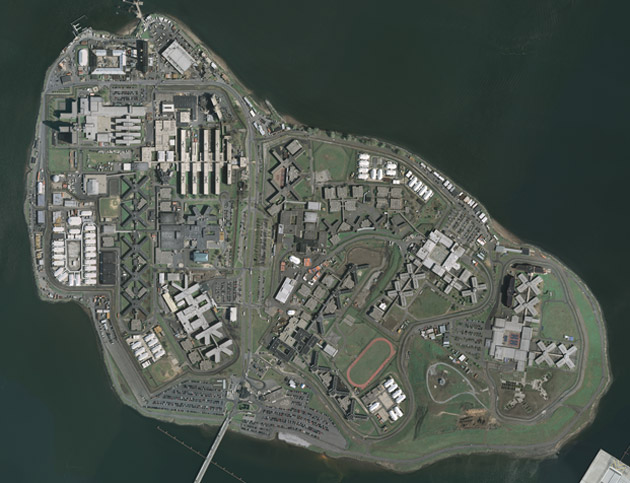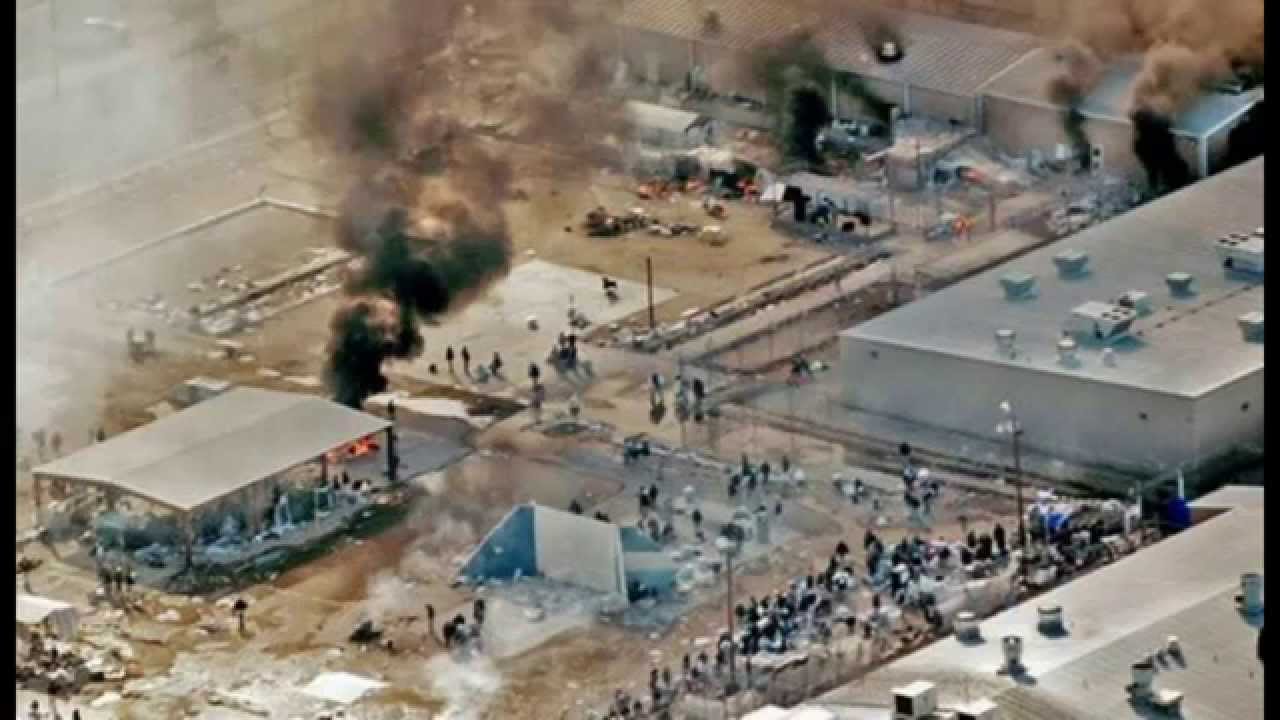Diagram of Lion Class Fast Battleship
The Lion of the Atlantic
The exiled government of Great Britain in Canada faced many changed in their proposed "Atlantic reclamation war", from lacking manpower and many recent technological developments to the daunting logistics of actually conducting such as massive operation. First and foremost however, was the issue of how the Anglo-Canadian navy was going to defeat its Syndicalist counterpart in the home isles.
The Air Fleet arm of the Royal Navy under Jacques Richard argued that it was carriers, the sole part of the fleet not to suffer a loss at Second Jutland, that represented the future. The Air Fleet faction was supported to an extent by the success of the two escort carriers already in service during the Atlantic skirmish era of the late 20's, but this faction faced heavy opposition from within the admiralty itself. Admiral James Cunnignham and naval theorist Sir Roger Backhouse vehemently argued against the notion that the dreadnought had been supplanted by the carrier, pointing to the fact that the vaunted syndicalist "heavy carriers" had never even seen combat, and were an untested theorem the now much reduced Royal navy could ill afford to stake its return to the isles on.
Though the Air Fleet arm made efforts well into 1937, King Edward VII and Prime Minister Bennet eventually sided with the admiralty, and in the naval expansion of 1938 ordered only two light carriers, albeit with modern designs. Unlike Germany however, the Anglo-Canadian government did not order the production of any more dreadnoughts in the lead up to war. Whilst the admiralty still believed in the superiority of the gun-armed ship, the realities of the Exiles situation meant the construction of new modern dreadnoughts was functionally impossible. The only shipyards capable of such and willing to sell to the Anglo-Canadians were in the United States, now riven by civil war, and so instead emphasis was placed on a new generation of Fast Battleships. The Lion class.
The Lion Class was the peak of Fast Battleship development, well ahead of even the Syndicalist and Japanese designs of the era. With three gun turrets, a significant amount of anti-air defences and a complete redesign of the armour layout, the Lion was not just more powerful and more protected than any of its predecessors, it was thanks to new engines faster too. The vaunted Bonfield class of the Syndicalists was ill equipped to face the Lion head on, and the Admiralty predicted that the Republic class Heavy Carriers would be incapable of doing enough damage to the Lion before it closed in.
In the end five vessels of the class would leave the dockyards by the 20th of November 1939, when King Edward announced the "Reclamation of the British Birthright" and resumed the war on Syndicalism. Lion, King George V, Prince of Wales, Duke of York, Temeraire. The last push of the Anglo-Canadian war to reclaim what they saw as their own. Alongside the Magnificent Class dreadnoughts and the rest of the Atlantic fleet, all five of the Lion class moved to engage the Syndicalist Home and Nore fleets, and pave the way for victory. Engagement would not occur for several months, as the combined Syndicalist fleets of the French Commune and Union of Britain sought to avoid a pitched battle in the English Channel where they were at a disadvantage, and instead raided commerce and skirmished across the North sea and Atlantic both. But finally on the 6th of June 1940, the british Admiralty received reports that the High Seas fleet was in pitched battle with the entire Syndicalist combined fleet off Jutland. Third Jutland had begun.
It took almost a day for the Anglo-Canadian, Brazillian and Portuguese fleets to reach Jutland and at the time there was no clear victor. Yes the Germans had lost five dreadnoughts but they had more to spare, and the what the Admiralty proposed was the greatest threat to the Lion class, the super-dreadnought Owens, had also been sunk alongside one of the communard French light carriers. After conferring with Ottawa and Admiral Raeder, the Atlantic fleet moved to assist the High seas fleet in its fight.
Third Jutland should have been a decisive victory for the Entente-Reichspakt forces. They held a four to one advantage in dreadnoughts, and a two to one advantage in Fast Battleships. The Internationale only barely equalled the number of cruisers and light carriers fielded and only held an advantage in Heavy Carriers, of which the sole opposing ship was the German Richthofen. But it was not to be.
By June the 11th, the battle had ended. The German High Seas fleet had lost the entirety of its carriers, all but three of its Fast Battleships and all but seven of its dreadnoughts. The totality of the Portuguese force sent into the battle had been sunk, as had all but three of the Brazilian vessels. The Anglo-Canadians had escaped comparatively well off, losing the majority of its older dreadnoughts, but only one of the magnificent class dreadnoughts one of the Eagle class escort carriers. And three of the five lion class.
The Duke of York had sunk early in the battle, attempting to engage with the Rebecca and having its magazines detonated by dive bombers. The Prince of Wales suffered a hull breach by a destroyers torpedoes, and was scuppered after the battle ended, whilst the Temeraire survived nearly till the end when a flight of torpedo bombers from the Karl Marx caught it with a full salvo. The Lion and the King George V both limped to the Icelandic base, one with a damaged rudder and the other missing a full gun turret. The age of the Dreadnought had officially ended.
Both vessels would, alongside the rest of the Anglo-Canadian fleet, stay in dock for repairs before acting as commerce raiders for the rest of the war. The entrance of the American Socialist Republic into the war in 1943 would see the end of Canada and its New England puppet state, both overrun in just seven months, and with the following collapse of Entente forces in Northern National France and Sardinia the Royal navy was uncertain as to what it should do. Half the fleet under Admiral Louis Mountbatten would officially surrender at Halifax, accepting the integration of Canada. But the other half of the Anglo-Canadian fleet, under Admiral Percy Nelles, would instead make for the sole remaining outpost of the British Empire. India. Both the Lion and the George V chose the latter.
The reaffirmation of the Anglo-Japanese alliance in 1944, after the German capitulation and own exile to Sudwestafrika concluded with both powers eliminating the German squatters of Deutsch Ostasien, the Lion class would both do battle with the Ostasien fleet and would emerge unscathed. With the second Melbourne uprising consuming Australasia some figures in the Dominion of India wanted to salvage the Australasian guard regime, theoretically using the Lion class as a means of doing so by securing the as yet undecided ports of Sydney and Brisbane, but such arguments withered on the vine after the battle of Newcastle and instead both Lion class vessels were used to escort the Guard exiles to New Zealand.
The King George V would be scrapped in 1949 with the conclusion of the Aden conference, the Republic of Yemen graciously deigning to host the event. The official peace treaty (though a de facto armistice had existed since 1945) between the Anglo-Japanese alliance and the Internationale would begin the Cold War, but it also meant that many of the old ways of war were being discarded. The Lion itself would become a museum ship docked off of Bombay until a storm in 1982 swept the vessel out to sea and overturned it. With its loss the last British battleship was no more.



